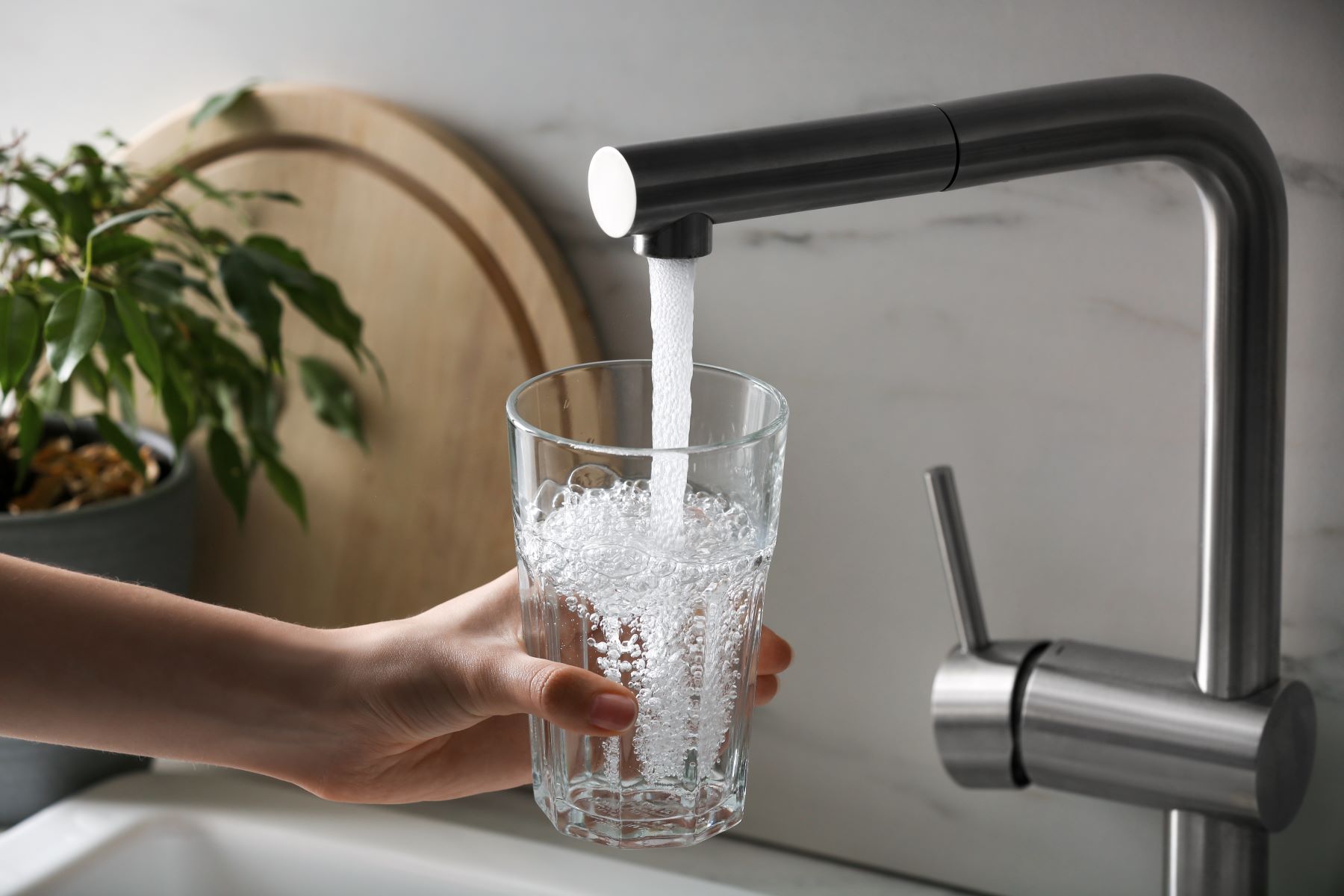Summary
For over 30 years, South West Water (SWW) has been supplying reliable and high-quality drinking and wastewater services to customers throughout South West England.
When the business was tasked with developing an affordability model for its customers, SWW set a target of getting customers out of water poverty and onto the right support tariffs where necessary. While its own data and customer insights could act as a starting point, SWW recognised the impact that pairing this with CACI’s Ocean data would have on achieving the desired outcome.
Company Size
5000
Industry
Utilities
Products Used
Summary
For over 30 years, South West Water (SWW) has been supplying reliable and high-quality drinking and wastewater services to customers throughout South West England.
When the business was tasked with developing an affordability model for its customers, SWW set a target of getting customers out of water poverty and onto the right support tariffs where necessary. While its own data and customer insights could act as a starting point, SWW recognised the impact that pairing this with CACI’s Ocean data would have on achieving the desired outcome.
Challenge
Water poverty in the UK is a household’s inability to afford its water and sewerage bills, with research finding as many as 34% of bill payers report difficulties to pay fairly frequently due to the cost-of-living crisis. Many households also face a compounded financial burden with other utility bills.
Supporting customers
Coupled with a lack of connectivity, water poor customers are, therefore, often struggling and silent, meaning SWW needed to proactively identify customers who require and eligible for support.
Customer targeting
To best reach and customers with its water affordability toolkit, and even auto-enrol them onto support tariffs and other actions to lift households out poverty, SWW needed to develop and utilise a robust, bespoke affordability model. Built using CACI’s rich income data, SWW confidently understands equivalised income in comparison to household water bills.
Solution
Understanding SWW’s brief, challenge and previous models used by the industry, a bespoke and granular dataset was created to supply a unique and current perspective into equivalised income at a 6/7digitpostcode level, in conjunction with the wider validating characteristics of these customers, the complete SWW household customer and the property base.
SWW built a model which combines this data with its own billing data at a customer level, enabling SWW to calculate the percentage of equivalised income from their customers’ current spend on their water bill at a property level. SWW can further combine this with OBR forecasts of income, housing costs and bill profiles to 2030 to model water poverty and wider outcomes into the future.
Results
From July 2022 to September 2023, over 15,000 customers were auto-enrolled onto support tariffs and brought out of water poverty. The affordability model enabled SWW to directly engage with these customers, build their trust and encourage further contact and conversation, particularly where customers may be entitled to or require additional support or services.





